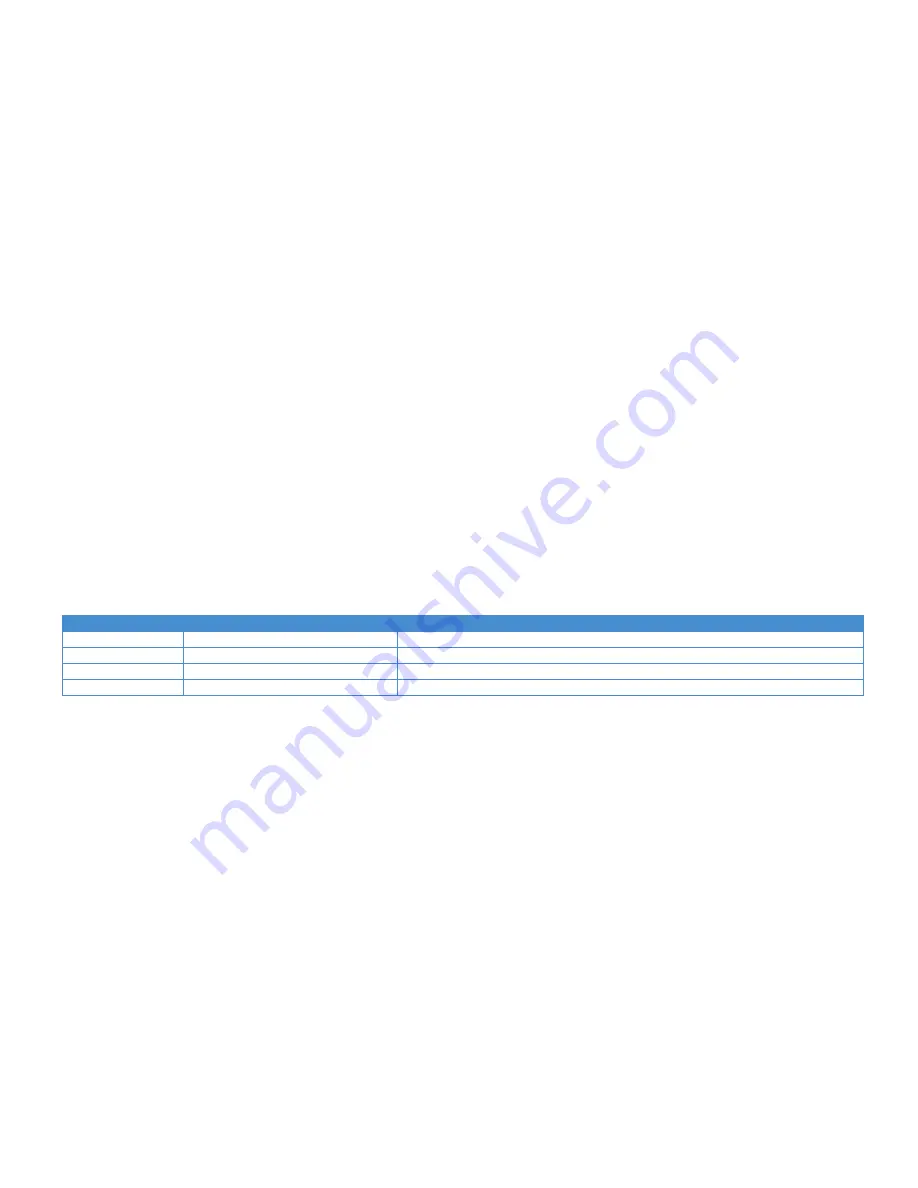
Versant 80 Press
Customer Expectation & Installation Guide
between pages as they are printed, allowing them more time to cool down. Print speed will be slightly reduced as a result.
Note that this condition may be more likely when printing to the OCT or BR finisher.
Tabs or Ordered/Sequenced stock will need to be confirmed by the operator when the printer is powered on and when
exiting power save mode. This is done by opening the paper tray, verifying that the first tab or sheet in the series is on top,
and then closing the paper tray.
When printing a 2-sided job that utilizes Tabs, overall productivity will decline because the press must switch between 1-
sided mode (for Tabs) and 2-sided mode (for body sheets). The severity of productivity loss depends on the number of Tabs
in the job (more Tabs results in greater loss of productivity).
If the operator changes the Auto Tray Switching from the default Near Empty to Empty the print engine will pause to
switch the new tray.
If the customer network is using a 100.100.100.x IP address series, conflicts will occur.
Auto Supplies Replenishment (ASR) will not function through XDA clients, only direct connect will enable ASR.
Stopping or cancelling a job that is utilizing a 3
rd
party DFA connected finisher while printing may cause some booklets to
be incomplete and the user will not be notified of the situation.
When printing with very lightweight papers, it is strongly recommended to use RML stocks whenever possible. Failure to do
so may result in the output exhibiting wrinkled sheets. At a minimum, lightweight stocks should always be run in the short-
grain direction.
Factors Affecting Productivity and Rated Print Speed
The rated print speed refers to the maximum print or copy speed enabled for the press. Over the course of a print job, the press
will perform automatic process adjustments in order to maintain consistent Image Quality. As a result, actual productivity for a
job may be less than the rated speeds shown. The actual print speed (PPM) achieved depends on a number of factors including
the stock type, stock size, and number of sheets in the job.
Envelopes
Envelope
Size
Feed Direction
Monarch
3.875 x 7.5 inches
Short Edge Feed (SEF)
#10
4.125 x 9.5 inches
Short Edge Feed (SEF)
C4
229 x 324 mm
Short Edge Feed (SEF) or Long Edge Feed (LEF)
C5
162 x 229 mm
Short Edge Feed (SEF) or Long Edge Feed (LEF)
Envelope Feeding Guidelines and Limitations
Other size envelopes can be used, but performance is not guaranteed.
Envelopes should be loaded in the feed direction shown in the table above, and must be run simplex only.
The recommended tray for printing envelopes is the Bypass Tray – Tray 5. Recommended capacity is 30-40 envelopes. Capacity may
vary based on envelope type and manufacturer.
Tray 6 or Tray 7 can be used if the Postcard Bracket is mounted and the stack height is limited to no more than 100 envelopes. Capacity
may vary based on envelope type and manufacturer.
Always load envelopes with the
flaps closed
and flaps faced down.
When loading SEF, place the flaps facing the front of the press;
When loading LEF, place the flaps facing the lead edge.
When submitting your print file, select a
custom paper
as the Paper Type and enter the dimensions of the envelope. The
Width
is
measured from the
lead edge to the trail edge
of the envelope. This means that if you are loading the envelope SEF, you should enter
the long dimension of the envelope as the Width. If you are loading the envelope LEF, you should enter the short dimension of the
envelope as the Width.
Enter a
heavy weight
for the media, such as
176 gsm
or greater for 24lb envelopes. Best results will vary based on envelope type and
manufacturer.
Select the
Bypass Tray, Tray 6, or Tray 7
as the Paper Source.
Do not use padded envelopes.
Store unused envelopes in their original packaging to avoid the excess moisture or dryness which can affect print quality and cause
wrinkling. Excessive moisture can cause the envelopes to seal before or during printing.





































